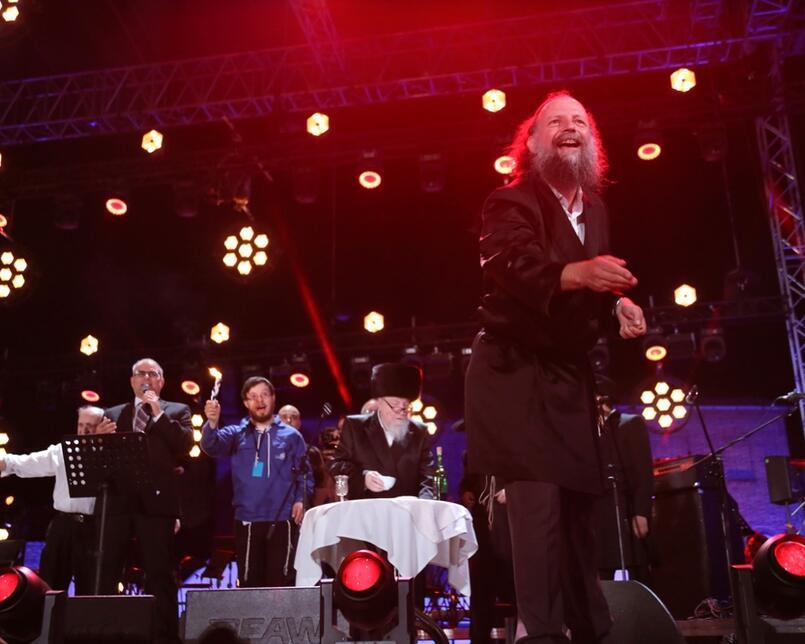According to data from the second survey on discrimination and hate crime against Jews in the EU, undertaken by JPR for the European Union Agency for Fundamental Rights (FRA) and consisting of the responses of over 16,000 Jews across Europe, nine out of ten Jews in Italy attend a Passover seder most or all years, followed closely by Jews in Belgium (86%), the UK, France and Austria (all 77%), and the Jewish populations in Spain, Germany, Denmark and Sweden (all above 70%) And then there’s Eastern Europe, clearly falling behind: only 54% of Hungarian Jews and 45% of Polish Jews say they celebrate Pesach. Don’t they like Passover in Eastern Europe?
It’s not just about celebrating Passover where we see this pattern; low levels of ritual observance among Jews in Poland and Hungary can be seen more widely, including their likelihood to light candles on Friday nights (29% and 21% respectively, compared to 47% across Europe) and their attendance of synagogue services weekly or more often (14% and 12% respectively, compared to 23% across Europe). Yet it’s still worth noting that as in all twelve EU countries examined in the data, Passover seder remains the most frequently observed ritual of all rituals examined among self-identifying Jews in Hungary and Poland.




